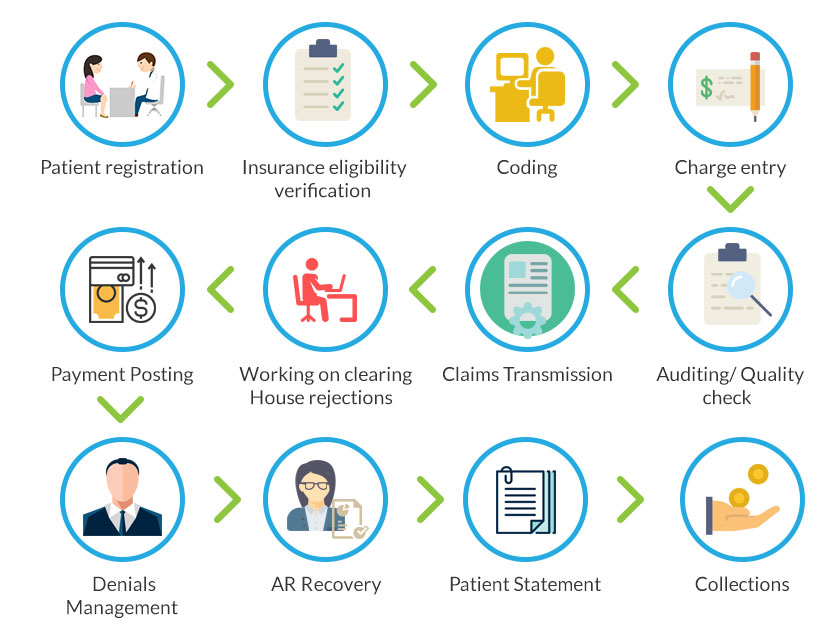In medical billing, coding refers to the strategy of assigning particular codes to medical diagnoses, procedures, and providers supplied to sufferers. These codes are used universally in healthcare to speak details about medical providers and procedures to insurance firms, government agencies, and healthcare suppliers. https://www.beeacademictutoring.com/finding-the-right-medical-billing-and-coding-tutor-your-path-to-success/ is important for correct billing, reimbursement, and medical records keeping. There are two primary coding methods used in medical billing:
1. ICD-10-CM (International Classification of Diseases, 10th Edition, Clinical Modification):
ICD-10-CM codes are used to explain the patient's diagnosis or situation. These codes present a detailed description of diseases, accidents, and other health situations. ICD-10-CM codes are alphanumeric codes and are utilized by healthcare suppliers to specify the prognosis for a patient's go to.
Example of an ICD-10-CM code:
Diagnosis: Hypertension
ICD-10-CM Code: I10 (for essential (primary) hypertension)
2. CPT (Current Procedural Terminology) Codes:
CPT codes are used to describe medical, surgical, and diagnostic services, including procedures and coverings performed by healthcare suppliers. These codes present a standardized method for healthcare providers to speak the companies they've supplied to sufferers.
Example of a CPT code:
Procedure: Office go to for a new affected person
CPT Code: 99201 (Office or different outpatient go to for the evaluation and administration of a new patient, which requires these 3 key components: a problem-focused historical past, a problem-focused examination, and simple medical decision making.)
How Coding Works in Medical Billing:
Patient Visit: A affected person visits a healthcare provider for a medical service or procedure.
Documentation: The healthcare provider documents the prognosis (ICD-10-CM code) and the services supplied (CPT codes) in the patient's medical document.
Assigning Codes: Medical coders evaluate the documentation and assign applicable ICD-10-CM codes for diagnoses and CPT codes for procedures.
Claim Submission: The coded data is used to create a declare, which is then submitted to the patient's insurance company for reimbursement.
Reimbursement: Insurance corporations course of the declare primarily based on the provided codes and reimburse the healthcare supplier accordingly.

Accurate coding is vital to ensure that healthcare providers are reimbursed appropriately for the services they provide, and it additionally performs a vital position in healthcare analytics and analysis. Medical coders want to stay updated with the latest coding guidelines and regulations to accurately code medical providers and procedures..
